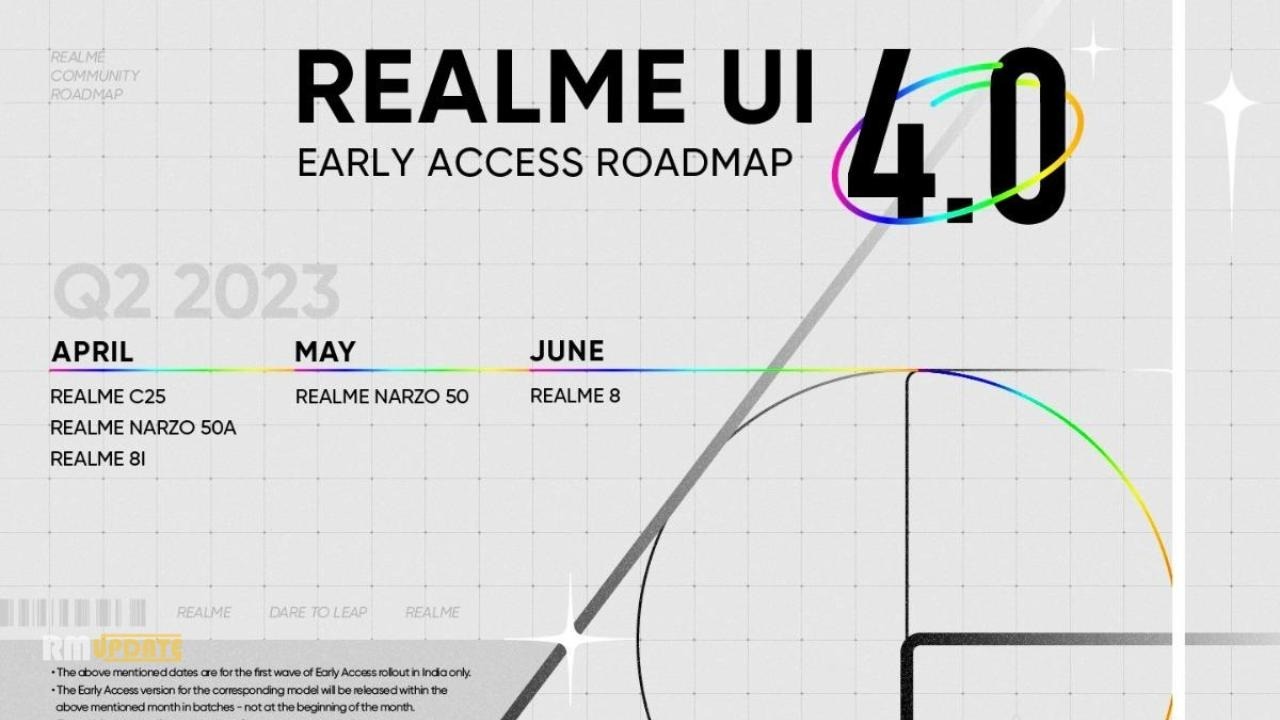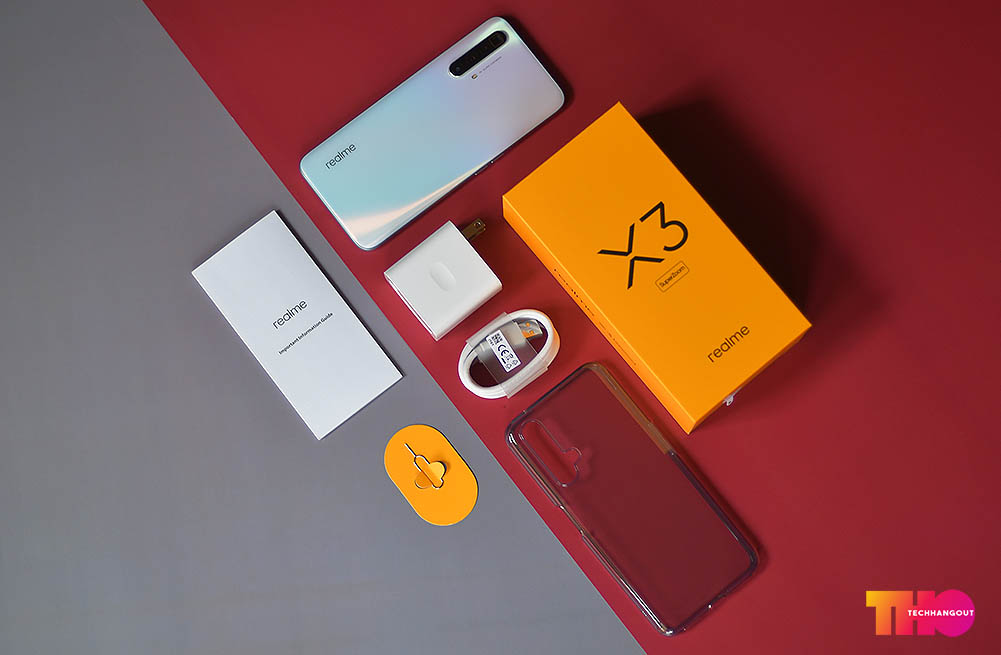Samsung raised the curtains from its highly-awaited and most admired devices under its flagship S series, the Galaxy S24, with the most advanced and impressive features and enhancements; most prominently, this time, it’s AI-powered! In contrast, the most crucial factor in the latest S24 lineup is its chipset. While internationally, the brand hwhile the higher variant, the Galaxy S24 Ultra, is equipped with the Snapdragon 8 Gen 3 chipset. At the same time, the newly-launched Exynos 2400 is Samsung’s latest chipset with deca-cores; meanwhile, the biggest question arises here- can it beat the performance beast, Snapdragon 8 Gen 3? Let’s find out.
Samsung has its proprietary in-house chipset, Exynos, and with that, the Korean brand has introduced the latest Exynos 2400, which has been incorporated within the base and the plus variant of the newly-arrived Galaxy S24 series. On the flip side, the higher-one S24 Ultra received the Snapdragon 8 Gen 3 chipset.
Snapdragon 8 Gen 3 Vs. Exynos 2400
Manufacturing process:
Samsung has manufactured its latest in-house Exynos 2400 using the 3rd generation-based 4nm process technology, while Qualcomm’s Snapdragon 8 Gen 3 chip is built using 2nd generation-based 4nm process technology. The only difference among the ARM’s new CPU cores is that the between nos 2400 chip has a deca-core CPU, whereas the Snapdragon 8 Ge 3 chip comes with an Octa-core CPU infrastructure.
The CPU comparison:
Samsung’s in-house Exynos 2400 has double Cortex-A720 CPU cores that offer a clocking speed of about 2.96GHz, and there are 3 Cortex-A720 CPU cores that offer a 2.6GHz clocked speed. In comparison, the Snapdragon 8 Gen 3 chipset has 3 Cortex-A720GHz CPU cores with a clocking speed of 3.15GHz as well as 2 Cortex-A720 CPU cores that clocked at a speed of about 2.96GHz respectively. Additionally, the Snapdragon 8 Gen 3 chipset also has a single Cortex-X4 CPU core with a clocking speed of about 3.3 GHz, whereas the Exynos 2400 sports a Cortex-X4 CPU core that clocked at a speed of 3.2GHz.
At the same time, the Exynos 2400 has 4 Cortex-A520 CPU cores, with a clocking speed of 1.95GHz. On the other hand, the Snapdragon 8 Gen 3 offers only 2 powerful Cortex-A520 CPU cores, which clocked at 2.27GHz, respectively. It seems like the Snapdragon 8 Gen 3 chipset has more powerful CPU cores than the Exynos 2400, while both chipsets offer LPDDR5X RAM type with UFS 4.0 storage type support.
GPU:
The GPU used inside the Snapdragon 8 Gen 3 chipset, the Adreno 750, is among the most powerful GPUs used in smartphones at the moment. At the same time, while comparing it with Apple’s A17 Pro chip, the Adreno 750 proved more power-efficient with regards to the graphics performance. On the flip side, the Exynos 2400 comes with the Xclipse 940 GPU, which is designed using AMD’s new and biggest GPU technology. In contrast, both of the processors feature Hardware ray tracing and VRS support for gaming sessions, with which gamers will easily be able to run several high-level games for longer sessions. With respect to the gaming sessions, both chipsets have the variable refresh rate, HDR, and HDR gaming support. But at the same time, even after sporting QHD+ screens with a refresh rate of about 144Hz, the Snapdragon 8 Gen 3 chip can only produce at 4K@60Hz, while the other one, the Exynos 2400, can easily support 4K@120Hz.
It’s noteworthy that the Exynos chipsets are the worst performers when compared with the Snapdragon ones in terms of efficiency as well as performance. Meanwhile, the Snapdragon 8 Gen 3 chipset provides much better thermal performance due to its advanced technology, which is perfectly suitable for longer gaming sessions and multitasking.
Connectivity:
With respect to connectivity, both the chipsets are very well incorporated with the latest 5G modems, which also support 2G, 3G, and 4G LTE. But, on comparing the performance of connectivity, the Snapdragon 8 Gen 3 lags slightly behind the Exynos 2400, as the 8 Gen 3 chipset offers about 10Gbps peak downloading speed, while the Exynos 2400 gives a peak downloading speed of about 12.1Gbps. This clearly indicates that the Exynos modem is way better than the Snapdragon one.
In terms of Wi-Fi and Bluetooth connectivity, the Snapdragon 8 Gen 3 chip comes with quick Wi-Fi 7 support, while it has Bluetooth v5.4 connectivity support; on the other hand, the Exynos 2400 chip has very limited Wi-Fi 6E connectivity support, and Samsung hasn’t revealed the information about the Bluetooth version. It’s noteworthy the Snapdragon 8 Gen 3 chipset has a way better connectivity system as it supports India’s own satellite system, NavIC.
Wrapping up:
While noticing the comparison among both of the processors, the Snapdragon 8 Gen 3 slightly wins as it offers much better and quicker performance and power efficiency than the Exynos 2400. In several terms like thermal performance and power efficiency, Exynos lags behind as the Snapdragon 8 Gen 3 chipset can seamlessly offer much better performance. But anyway, the Exynos 2400 chipset also offers some decent, powerful, and efficient performance.

“If you like this article follow us on Google News, Facebook, Telegram, and Twitter. We will keep bringing you such articles.”





